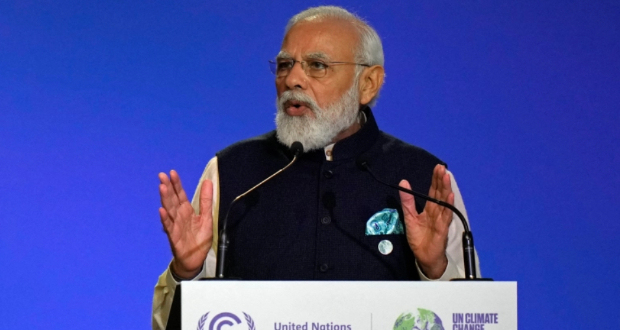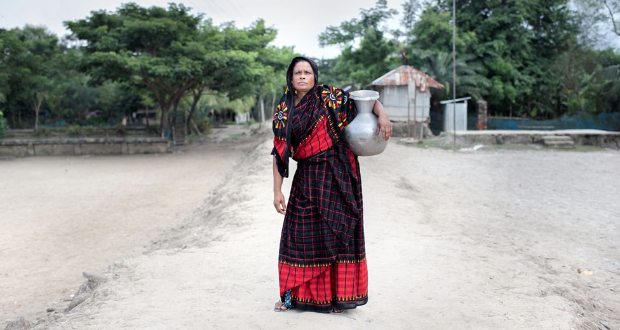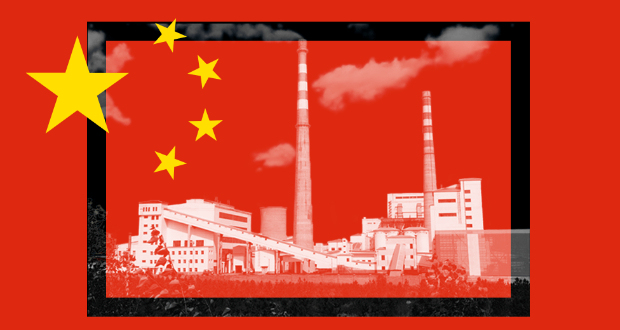The interest among some Southeast Asian states in engaging with the expanding BRICS has attracted much attention. As geopolitical dynamics continue to play out, it will be important to situate them within the broader context of institutional flux in the wider Indo-Pacific region, and the interests of Southeast Asian states as they engage in this shifting geopolitical and geoeconomic landscape.
Shifts in the Indo-Pacific institutional mix are far from new. During the Cold War, amid shifting power balances, United States (US) bilateral alliances coexisted with indigenous multilaterals like the South Asia Association for Regional Cooperation (SAARC) and non-US minilaterals like the Five Power Defense Arrangements (FPDA) in Southeast Asia. In the post-Cold War period, the Association of Southeast Asian Nations (ASEAN) expanded and cemented its role as an Indo-Pacific convenor, but new institutions also formed to foster growth and address crises, be it the Asia-Pacific Economic Cooperation (APEC) forum or the Quad after the Indian Ocean tsunami.
During the Cold War, amid shifting power balances, United States (US) bilateral alliances coexisted with indigenous multilaterals like the South Asia Association for Regional Cooperation (SAARC) and non-US minilaterals like the Five Power Defense Arrangements (FPDA) in Southeast Asia.
Seen from this perspective, it is not surprising that the 2010s and 2020s have seen another period of institutional flux in the face of Asia’s continued rise as a global growth centre, intensifying US-China competition and rising discontent about the rules-based order (RBO). Developments within the so-called US latticework are notable, be it the Australia-UK-US trilateral security pact (AUKUS) or the Indo-Pacific Economic Framework (IPEF). But the conclusion of the Regional Comprehensive Economic Partnership (RCEP)—the world’s largest free trade agreement—along with the rise of non-US minilaterals like the India-Japan-Australia trilateral and China’s new institutions like its Belt and Road Initiative (BRI), point to more indigenous efforts by Indo-Pacific states to advance their own interests in a more complex world, amid lingering questions about the future shape of US regional commitment. As India’s External Affairs Minister S. Jaishankar has pointed out, broader notions around the Global South speak more to “non-Western” sources of discontent rather than explicitly “anti-Western” groupings.




